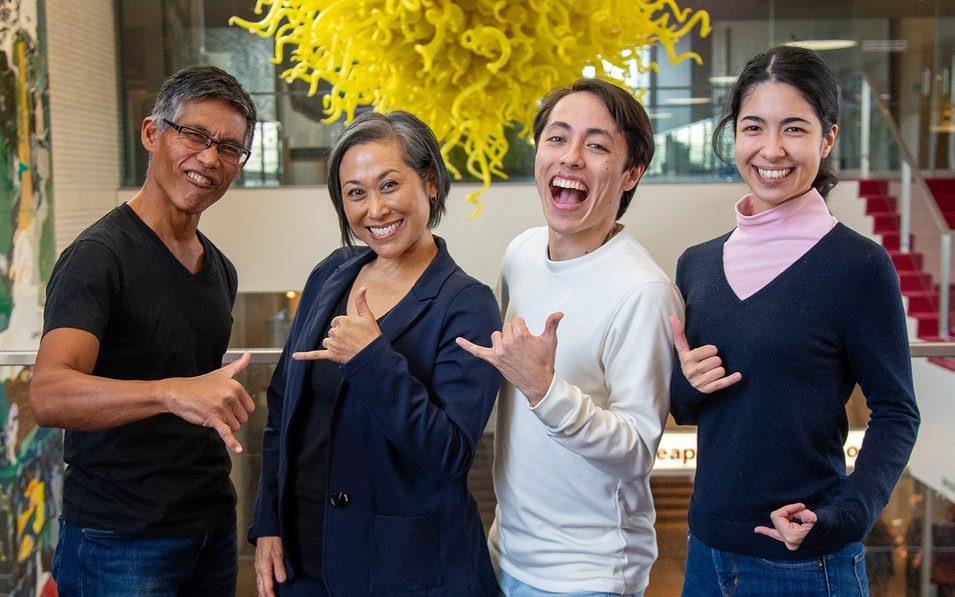
Lanterns, Obon, and Butterflies
Posted on February 6, 2024
Written By Reiko Ho, Creator & Director of The Carp Who Would Not Quit
The first Japanese immigrants arrived in Hawaiʻi in 1885. Approximately 900 men were recruited as labor for the burgeoning sugar plantations. They were called Gannemono or first wave and they were hard workers often assigned to most back-breaking jobs—clearing the land and harvesting the crops.
Despite the arduous conditions and challenges in a new place, the Gannemono laid the foundation for the Japanese in Hawaiʻi. They brought their traditions, food, and culture. Buddhist temples were built on the plantations and many Japanese celebrations became part of the plantation culture.

I am yonsei, fourth generation Japanese, born and raised in Hawaiʻi. My great grandparents arrived on Hawaiian shores, eager for a better life, to work on these plantations. Women, like my great-grandmother, were sent as picture brides arranged by their families after the first wave of men arrived.
One of the most important festivals in Japanese culture is Obon. Families gather to celebrate ancestors and loved ones who have passed. Lanterns are lit to guide the spirits of our ancestors back. Young and old participate in bon odori— community folk dance. A white butterfly or moth in your house means that a spirit of an ancestor or loved one is visiting.
I began creating The Carp Who Would Not Quit in 2019—the year after my mother passed away. It is my love letter to my childhood in Hawaiʻi, being Japanese, and honoring my family.
Stories keep our traditions and ties to our ancestors alive. The white butterfly flying through the stories in The Carp Who Would Not Quit is the spirit of my family, weaving the stories together and bringing them to you. Now you are part of our stories, too.
Ganbatte!
To learn more about the show and to purchase tickets, visit childrenstheatre.org/carp.

